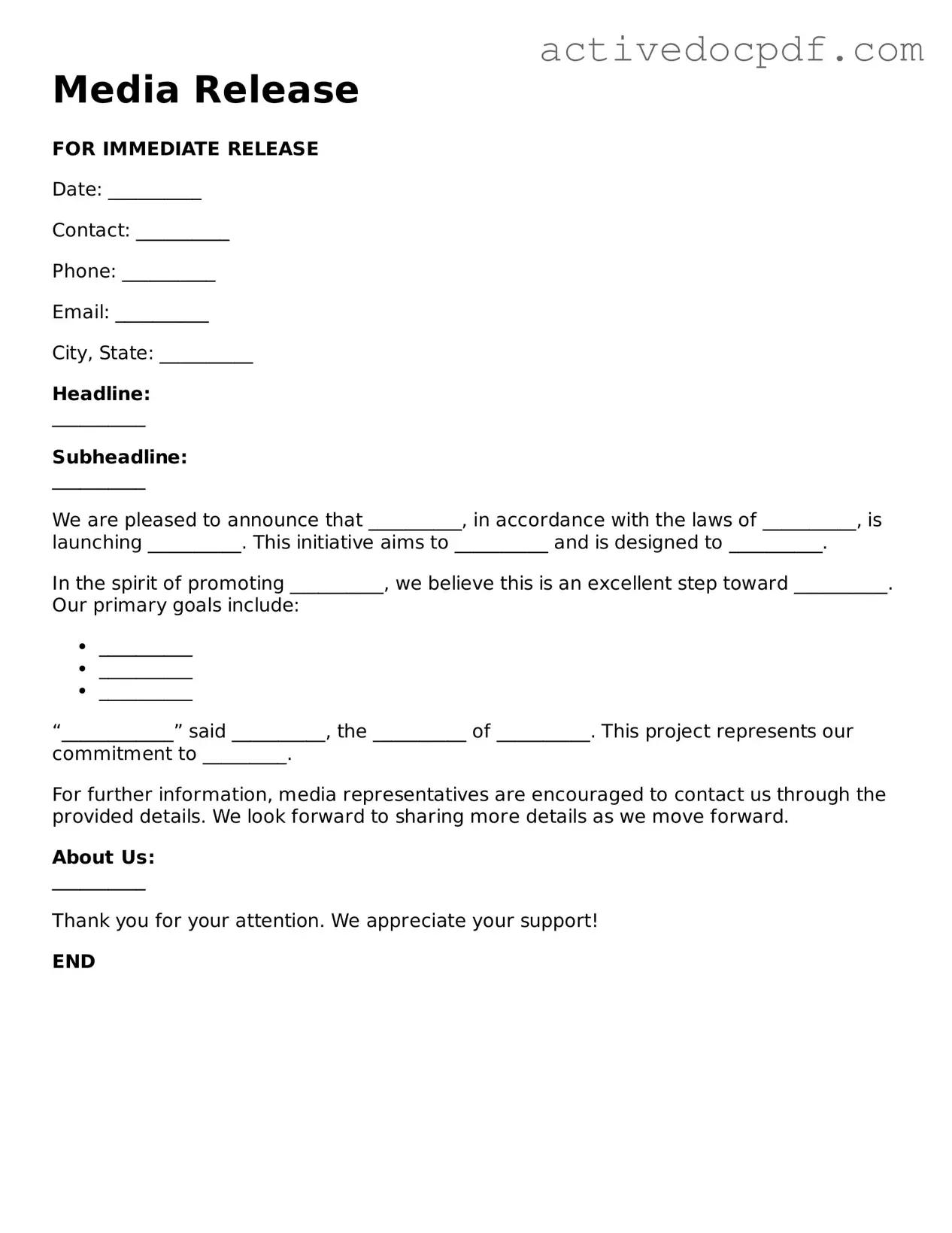A Media Release form is a document that allows individuals or organizations to give permission for their images, videos, or other personal information to be used in media such as photographs, videos, or promotional materials. It ensures that the subjects are aware of how their likeness or information may be used.
Signing a Media Release form protects both the individual and the organization. It clarifies how your image or information will be used and ensures that you consent to this use. Without a signed form, the organization may not have the legal right to use your likeness or information.
Typically, anyone whose image or personal information will be used in media needs to sign the form. This includes:
-
Participants in events or activities
-
Employees or volunteers
-
Guests featured in promotional materials
Once you sign a Media Release form, it generally grants permission for the use of your image or information. However, if you have concerns, it's best to discuss them with the organization. Depending on their policies, they may be willing to accommodate your request.
Yes, individuals under the age of 18 typically require a parent or guardian to sign the form on their behalf. This ensures that the minor's rights are protected and that the parent or guardian is aware of how the minor's image or information will be used.
If you choose not to sign the Media Release form, the organization may not be able to use your image or information in their media. This could limit your participation in events or activities where media coverage is involved.
While signing a Media Release form is generally safe, it’s important to read the document carefully. Make sure you understand how your image or information will be used. If you have any concerns, don't hesitate to ask questions before signing.
Many organizations will provide examples or descriptions of how they plan to use your image or information. It’s a good idea to ask for this information if it’s not readily available. This will help you make an informed decision before you sign.
If you have additional questions, reach out to the organization requesting the Media Release. They should be able to provide clarity and address any concerns you may have regarding the form and its implications.
